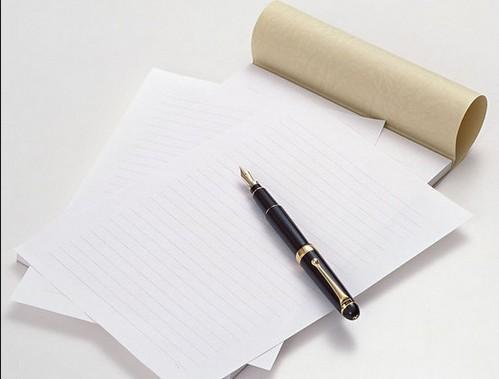下面是小编为大家整理的Weifang潍坊英语介绍,供大家参考。

Weifang(潍坊 )is a historical city with well known figures. Emperor Shun of the Three Sovereigns and Five Emperors period, the politician Yan Ying (晏婴) of the Spring and Autumn Period, the Confucian scholar Zheng Xuan of the Estern Han Dynasty and the agriculturist Jia Simiao of the Northern Wei Dynasty were all from Weifang. Kong Rong, Fan Zhongyan, Ouyang Xiu, Su Dongpo, Zheng Banqiao, et al. have worked in Weifang historically. In more recent years, revolutionists, litterateurs and artists, such as Wang Jinmei, Chen Shaomin, Wang Yuanjian, Wang Tongzhao, Zang Kejia are well known in China. Weifang also boasts of historical relics and other tourist sites, such as Shihu Garden (from the Late Ming and early Qing Dynasty), Fangong Pavilion (from the Song Dynasty), fossile sites (including dinosaur fossils, in Shanwang, Linqu), Mount Yi National Forest Park, Mount Qingyun and the Old Dragon Spring. Weifang is the world capital of kites. The woodcut new year’s paintings from Yangjiabu are well known.
Administration
The prefecture-level city of Weifang administers 12 county-level divisions, including 4 districts, 6 county-level cities and 2 counties.
* Weicheng District (**区)
* Kuiwen District (**区)
* Fangzi District (**区)
* Hanting District (**区)
* Qingzhou City (**市)
* Zhucheng City (**市)
* Shouguang City (**市)
* Anqiu City (**市)
* Gaomi City (**市)
* Changyi City (**市)
* Changle County (**县)
* Linqu County (**县)
Geography
Nearby cities include Jinan and Zibo to the west, Yantai to the northeast and Qingdao to the southeast.
Economy
Weifang is home to the large diesel engine company and factory Weichai. The village of Yangjiabu in Hanting district is famous for folk wood-block print (nianhua) and kite production. Weifang regards itself as the "International Kite Capital" and holds an international kite festival every year in the spring.
Notable people
* Zheng Xuan (127-200), Eastern Han Dynasty Confucian scholar
* Liu Yong (刘墉; 1719-1805), renowned Qing Dynasty bureaucrat
---------------------------------------------------------
Culture of Weifang
Kite-flying is a traditional custom among the people in Weifang in spring. It is the outstanding handicraft skills of kites produced in Weifang, as well as the special atmosphere which is quite suitable for flying kites that make Weifang Kites more and more popular not only in China but also in the other countries.
In 1984, the first International Kite Festival was held in Weifang. More than ten thousand kite fans attended the opening ceremony. People from eleven different countries and regions, including the United States, Canada and so on, took part in the festival and performed flying kites. Since then, Weifang holds the International Kite Festival every year in April and is well-known as the “International Kite Capital” all over the world.
Annual Broad of Yangjiabu (杨家埠木版年画), which is one of the three most famous Chinese folk paintings in history, began from the end of the Ming Dynasty. It reached the peak of its development during the Qing Dynasty. People usually replace the old Annual Broads with the new ones on the eve of Spring Festival, which is the most important festival in China, in order to give blessings to the family and friends for the following year. The subjects of Annual Broad of Yangjiabu are various, which include flowers, beauties, landscapes, characters from myths and legends. The architecture skills such as concise lines and bright colors reflect the distinctive characteristics of people in Weifang.
Paper cutting in Gaomi (**剪纸) has a long history for more than four hundred years. Mostly, women are good at paper cutting. This widely spread handicraft has the unique style, such as strong contrast in color, straight and simple line and exaggerated outline. The characters mostly come from the drama stories, flowers and birds, as well as some fantastic symbols.
推荐访问:潍坊 英语 介绍 Weifang潍坊英语介绍 Weifang潍坊英语介绍 潍坊的英语
